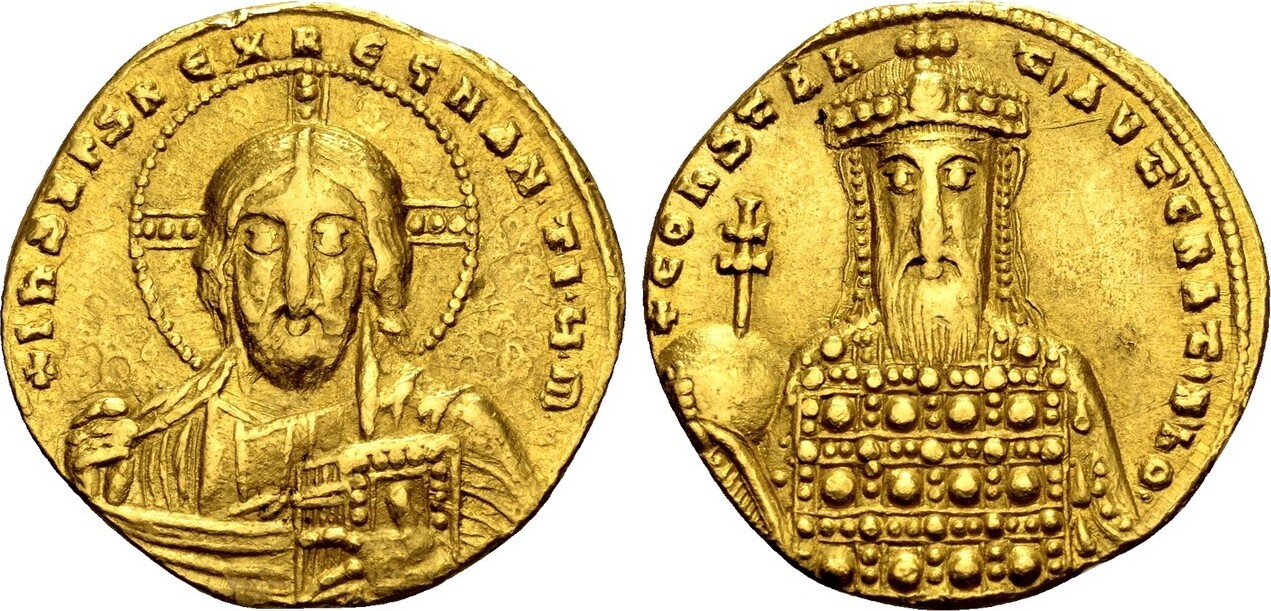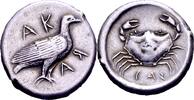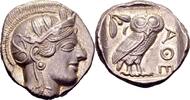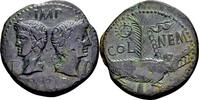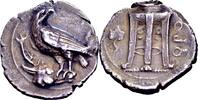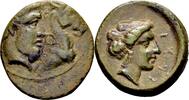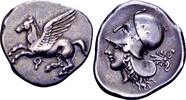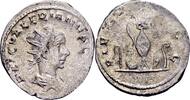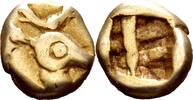MA-ID: 128400298
Customer feedback Agora
A magnificent piece well worth the investm,,thank you Great service
Wundervolle Tetradrachme und exzellenter Service. Gerne wieder! Danke aus B...
Maximum satisfaction in all respects.
Perfect
Byzantine Empire solidus Circa 945 AD. Constantine VII Porphyrogenitus Nearly extremely fine
AgoraAncientCoins 

13
On MA-Shops since 13 years
247 ratings,
100 % Positive (last 24 months)
Worldwide shipping
28,609.36 £33000,00 EUR
Import tax may be added
free shipping
Delivery time: 7 - 10 days
free shipping
| Customer Support +49 (0)2871 2180 383 |
| Payment methods |
| Wire Transfer |
Sole reign. Constantinople.
Obv: +IhS XPS RЄX RЄϚNANTIЧm; nimbate bust of Christ facing, wearing pallium and columbium, raising right hand in benediction and holding book of Gospels in left; three dots in each arm of cross.
Rev: + COҺSƮAҺƮ’AVƮ’CRAƮ'N’ҺO•; crowned bust of Constantine VII facing, with long beard and wearing a loros, in his right hand holding a patriarchal cross on a globus.
Ref: ex Numismatica Ars Classica 92 (2016), lot 988.
Extremely rare. Well-centered. Some minor marks.
Constantine VII was born in 905 AD. as an illegitimate son of Leo VI because of an uncanonical fourth marriage. This led to a rift between the Patriarch of Constantinople and emperor Leo VI. In the end, Leo VI prevailed and Constantine VII would be known as the Porphyrogenitus, born in the purple.
The epithet Porphyrogenitus alludes to the purple chamber of the imperial palace, decorated with porphyry where legitimate children of reigning emperors were normally born. Constantine was also born in this room, although his mother Zoe had officially not been married to Leo VI at that time.
He was elevated to the throne as a two-year-old. Because he came to the throne at a very young age, a co-regent was appointed. At first it was his mother and a council of trusted advisors, but soon one of the most powerful Byzantine families, the Lekapeni, took charge of the regency. However, this co-regent wasn’t going to give up his power. He made Constantine VII even crown him and his sons co-emperor with seniority over him.
Constantine VII, more a scholar than being interested in wielding supreme power, kept a low profile and managed to survive these political turbulences.
With the help of his wife, Constantine VII finally became sole emperor at the age of 39. His reign was dominated by keeping the Arabs from conquering the Empire and regaining the lost lands. In this endeavour he was lucky to have the later emperor John Tzimiskes as an able general.
But Constantine VII is best known for his scholarly pursuits. He has written four books, of which “De administrando Imperio” is the most interesting for historians today. He wrote the book for his son as a guide on how best to rule the Byzantine empire.
His most important feat is probably the baptizing of Olga of Kiev, the regent of the Kievan Rus. With this single move he managed to neutralize a powerful enemy and extend Byzantine political influence.
Obv: +IhS XPS RЄX RЄϚNANTIЧm; nimbate bust of Christ facing, wearing pallium and columbium, raising right hand in benediction and holding book of Gospels in left; three dots in each arm of cross.
Rev: + COҺSƮAҺƮ’AVƮ’CRAƮ'N’ҺO•; crowned bust of Constantine VII facing, with long beard and wearing a loros, in his right hand holding a patriarchal cross on a globus.
Ref: ex Numismatica Ars Classica 92 (2016), lot 988.
Extremely rare. Well-centered. Some minor marks.
Constantine VII was born in 905 AD. as an illegitimate son of Leo VI because of an uncanonical fourth marriage. This led to a rift between the Patriarch of Constantinople and emperor Leo VI. In the end, Leo VI prevailed and Constantine VII would be known as the Porphyrogenitus, born in the purple.
The epithet Porphyrogenitus alludes to the purple chamber of the imperial palace, decorated with porphyry where legitimate children of reigning emperors were normally born. Constantine was also born in this room, although his mother Zoe had officially not been married to Leo VI at that time.
He was elevated to the throne as a two-year-old. Because he came to the throne at a very young age, a co-regent was appointed. At first it was his mother and a council of trusted advisors, but soon one of the most powerful Byzantine families, the Lekapeni, took charge of the regency. However, this co-regent wasn’t going to give up his power. He made Constantine VII even crown him and his sons co-emperor with seniority over him.
Constantine VII, more a scholar than being interested in wielding supreme power, kept a low profile and managed to survive these political turbulences.
With the help of his wife, Constantine VII finally became sole emperor at the age of 39. His reign was dominated by keeping the Arabs from conquering the Empire and regaining the lost lands. In this endeavour he was lucky to have the later emperor John Tzimiskes as an able general.
But Constantine VII is best known for his scholarly pursuits. He has written four books, of which “De administrando Imperio” is the most interesting for historians today. He wrote the book for his son as a guide on how best to rule the Byzantine empire.
His most important feat is probably the baptizing of Olga of Kiev, the regent of the Kievan Rus. With this single move he managed to neutralize a powerful enemy and extend Byzantine political influence.
Info / FAQ
| Shipping fees | |||
|---|---|---|---|
| up to 43.35 £ | 43.36 £ to 866.95 £ | over 866.95 £ | |
| Netherlands | 3.47 £ | 8.67 £ | Free shipping |
| European Union | 6.50 £ | 10.84 £ | Free shipping |
| World | 8.67 £ | 15.17 £ | Free shipping |
Information
Online orders are welcome as always and will be shipped directly.
|
Seller Home | 0Shopping cart | Terms of sale | Contact | MA Terms of sale | Privacy policy | Warranty | MA-Shops New Items Copyright ® 2001-2025, MA-SHOPS Coins All Rights Reserved. Designated trademarks and brands are the property of their respective owners. |
 Buy coins with warranty
Buy coins with warranty


